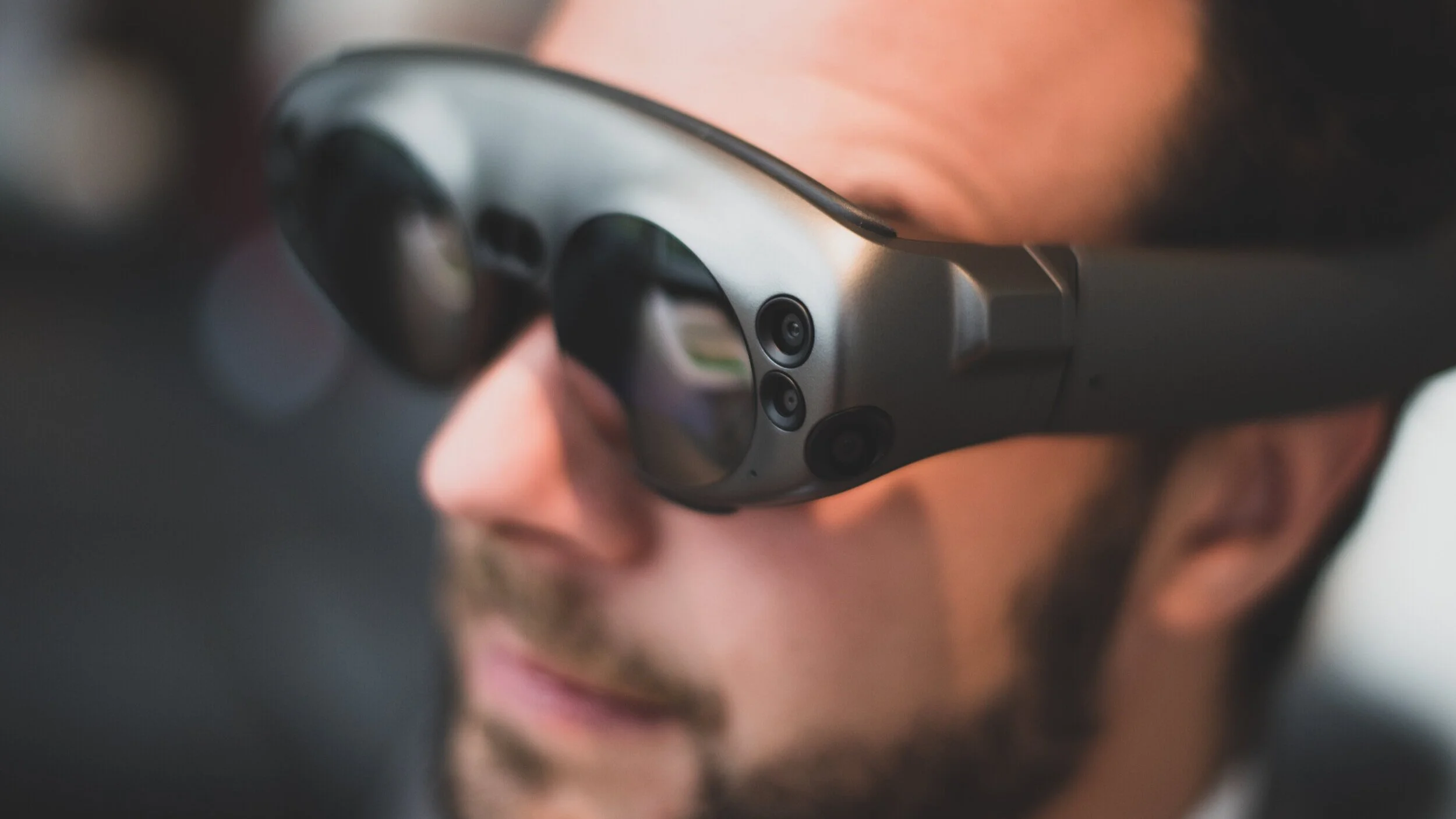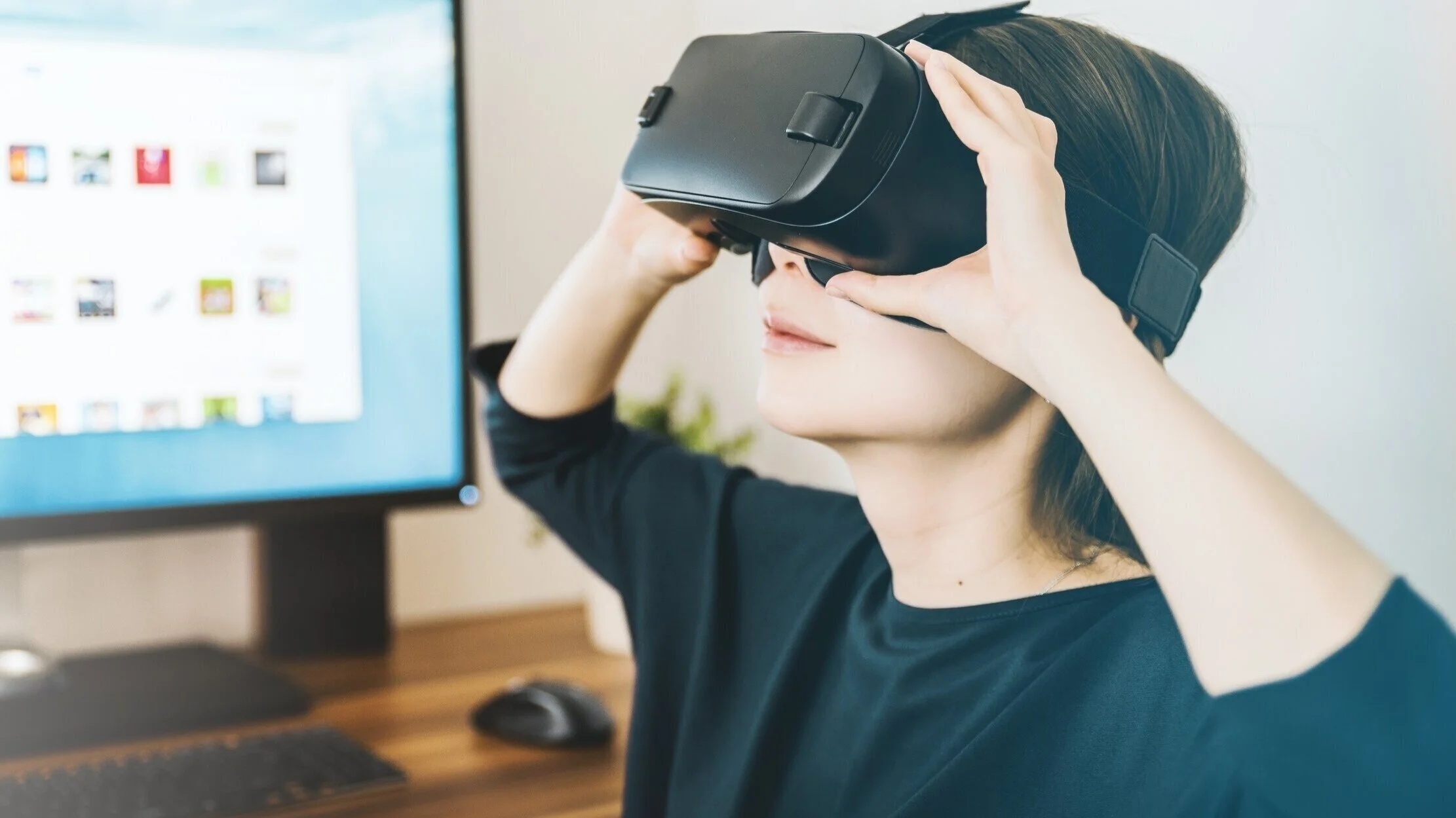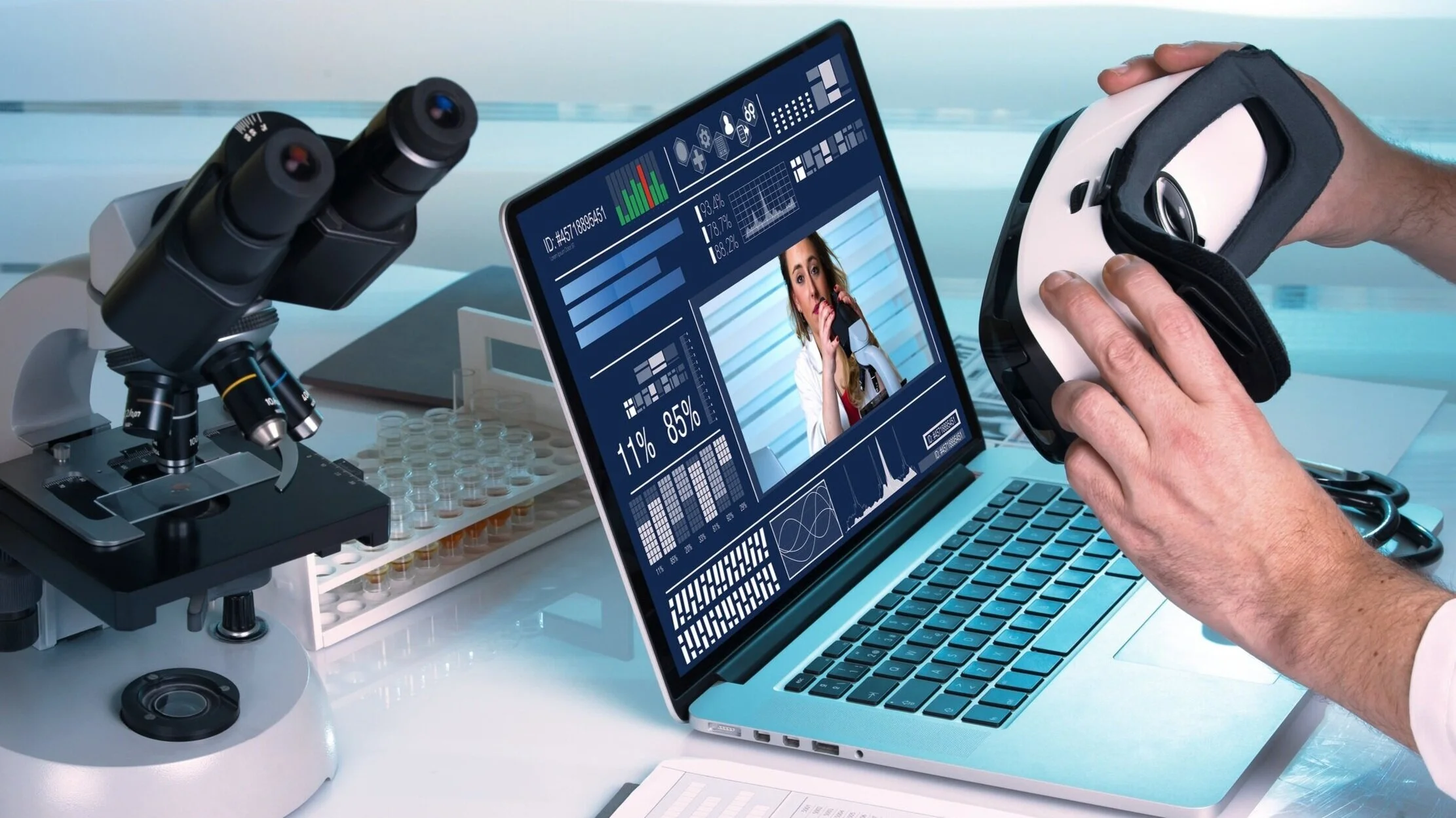
Webinar Recordings.
Engaging Patients with VR/AR
Tune in to learn how virtual and augmented reality based education can boost patient engagement, deepen comprehension, and improve adherence. You’ll learn how VR/AR can help:
Personalize content and deepen patient understanding of complex science
Empower and inspire patients to better understand treatment options
Encourage behavioral and lifestyle change
Drive compliance and adherence
Virtual and augmented reality for Life Sciences
Director of Business Development, Christophe Lafargue, shares how life science industry leaders are using Virtual and Augmented Reality for medical and scientific storytelling, patient and provider education, and simulation-based training.
VR/AR Landscape: What’s new in 2020 and what to anticipate in the next 3 years.
Applications in: Commercialization (Sales and Marketing), Training and Talent Development, and Manufacturing
Organizational Readiness: Designing your launch strategy and maximizing adoption
Presence and movement in vr simulations & games
From the earliest days of VR experiences, VR designers have grappled with the challenges and opportunities inherent in the medium. A range of movement options has entered the fray, from teleportation to so-called “free locomotion."
With each option, there are advantages but also tradeoffs that are critical for a designer to consider. Join Mike McArdle, Co-Founder and Chief Product Officer, as he explores the idea of presence in VR interaction and design, and how movement options help or hinder presence.
How Virtual Reality helps remote teams thrive
Co-Founders, Joshua Setzer and Mike McArdle, share how “recently remote” organizations are using Virtual Reality to elevate team performance and facilitate adaptation to a new business environment with limited face-to-face.
Ensure productivity and foster collaboration among remote colleagues
Replace cancelled events with virtual alternatives
Deliver virtual versions of classroom training (without succumbing to the shortcomings of e-learning)
Market and sell to target audiences without in-person interaction
Healthcare training & simulation with VR/AR
Learn how to accelerate knowledge transfer and skill-building using Virtual and Augmented Reality. We covered a variety of soft and hard skill examples, from field sales and service, to disease and clinical knowledge, leadership development, and manufacturing safety.
Deepen audience engagement and boost retention of training content
Provide a safe but realistic practice environment for trainees
Reduce training costs and staff travel requirements
Personalize learning and more accurately diagnose individual skill gaps





